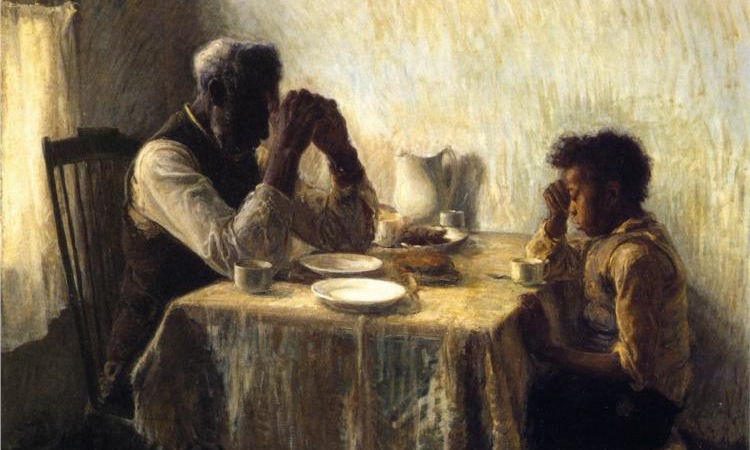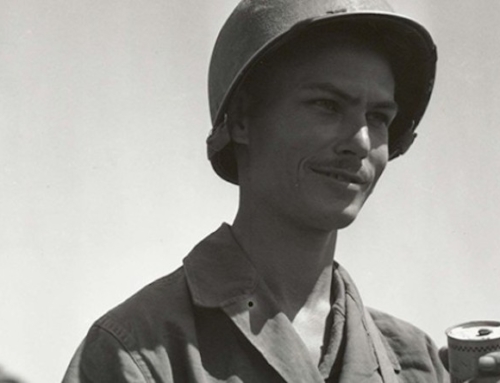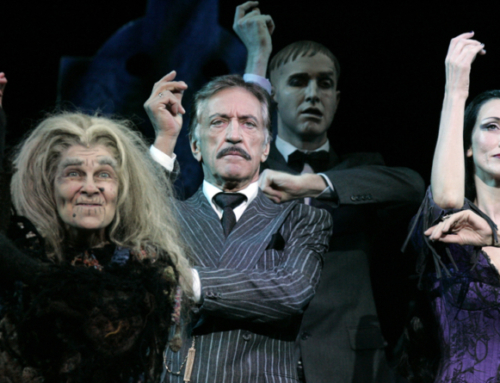Faith and Film Friday: Babette’s Feast
Editor’s Note: This is the sixth review in our series, Faith and Film Friday. Read the whole series here.
Babette’s Feast makes plain two simple truths: Gifts beget thanks. And thanks, in turn, beget gifts.
The movie is set in a remote Danish coastal town of the 19th century. There, two sisters, Martine and Philippa, lead a life of charity. Their father was a Protestant pastor who taught them prayer, fasting, and almsgiving. From him they also learned austerity.
In their youth, they were beautiful. Each knew but lost a young man’s love. These loves, however, warmed and opened their hearts, preparing them for a greater love. From then on, they spent their lives in humble service to God, their father, and their townsfolk.
One rainy day many years later, a French woman knocked on their door. She, Babette, had fled France after her loved ones were murdered by revolutionaries. Babette, a chef, asked to work for the sisters in exchange for shelter. So Martine and Philippa took her into their care.
For fourteen years, Babette served the sisters. She took care of their simple, dignified house. She cooked for them, making food according to their cold Northern customs. But she slowly ushered in more flavorful ingredients and creative preparations. The poor whom the sisters fed noticed and gave thanks. One man prayed “Tak” (“thanks” in Danish) to God for the sisters and for Babette.
Unexpectedly one morning, Babette receives mail from France. She has won the lottery—ten thousand francs! The news delights the sisters, but the thought that Babette might leave saddens them.
Around the same time, Martine, Philippa, and their Christian community prepare to commemorate the hundredth birthday of their beloved, long-dead pastor. Babette offers to prepare them a truly French dinner for their celebration. The sisters hesitate; they fear a decadent feast. And yet they accept, knowing that Babette wants to show them thanks.
In the rest of the movie, Babette gathers ingredients and prepares the meal while the sisters and their congregation look on with worry. They, already torn by infighting, brace themselves for a penitential feast. The strict Protestants will eat only out of love for their pastor and his daughters. They vow to pay no attention to the food.
The film culminates and lingers on the feast. It shows how the meal changes the hearts of all. Babette’s bountiful heart, manifest in her food, moves the townsfolk to peace, joy, and praise. The film’s last moments are too moving to attempt transcription.
Cinematically, Babette’s Feast is a masterpiece (it won the Oscar for Best Foreign Film in 1987). It makes beautiful use of close-up shots to the actors’ faces, creating a sense of intimacy with the viewers. The sets and props (especially the food!) delight the eye. The acting is fabulous (Stephane Audran, as Babette, plays an awesome heroine). The movie’s soundtrack is very effective; I especially love the Christian hymns, which recall the feast of the heavenly Jerusalem.
Most importantly, the movie disposes its viewers to contemplate and thank God. It does so by showing men and women transformed by Christian love. It does so by drawing the links between our pains and joys, poverties and riches, fasts and feasts. It does so by referring all good things to the worship of the Triune God and the fellowship of the Christian community. It does so by raising up our minds, hearts, eyes, ears, and appetites to the Feast that never ends.
For that only one word is appropriate: Tak!
Next week we will review The Scarlet and the Black.
✠
Image: Henry Ossawa Tanner, The Thankful Poor







